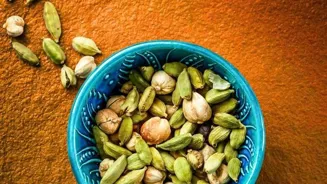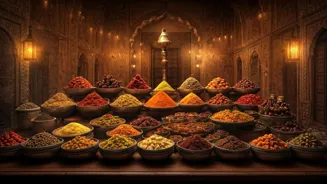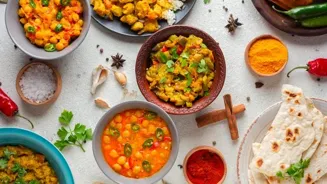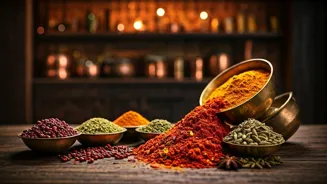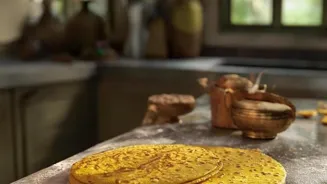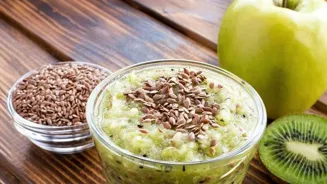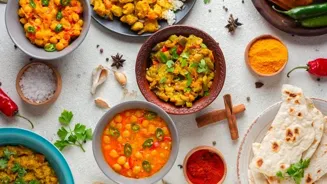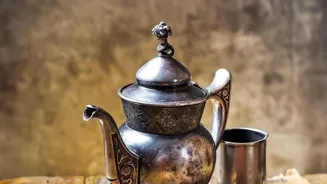Unraveling the Global Influence of Indian Cuisine: A Journey of Spices and Stories. Delve deeper into the flavorful history!
For centuries, Indian cuisine has been more than just food; it's a vibrant tapestry
woven with history, culture, and the magic of spices. From humble street food stalls in Mumbai to Michelin-starred restaurants in New York, the flavors of India have captivated palates across the globe.
But how did this culinary conquest happen? It's a story rooted in ancient trade routes, the allure of exotic ingredients, and the adaptability of Indian cooks.
Spices from India shaped global trade and cuisine
The story begins long ago, even before the British Raj. India was the spice capital of the world. Think about cinnamon from Kerala, peppercorns from the Malabar Coast, and fragrant cardamom. These weren't just for flavour in food. They were precious commodities, as valuable as gold.

Traders from across the globe, from the Romans to the Arabs, braved long and dangerous journeys to reach India and bring these spices back home and make profits. These spices were the key to preserving food before refrigerators existed. They were also used as medicine and perfumes.
This exchange of spices along the Silk Road did not only spread spices, but also knowledge on how to cook with them. Over the years, as more people tasted the rich, complex flavors that Indian spices could create, the demand for those spices grew, spreading the Indian culinary influence bit by bit.
British Raj spread Indian cuisine globally, popularizing curry
The British Raj, believe it or not, also played a role, though indirectly. British traders and officials, introduced to Indian cuisine, developed a taste for it. They took these flavors back to England, adapting some dishes to suit their palate.
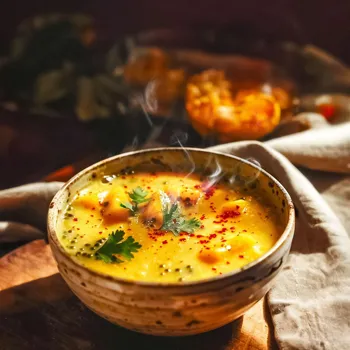
This is where the concept of "curry" as a generic term for Indian-inspired dishes was born, which is how many people first experienced Indian food. The British also spread these culinary influences throughout their vast empire.
Think of places like South Africa or the Caribbean, where you could trace the legacy of Indian food today. This widespread dissemination, although through colonial history, helped introduce Indian flavors to diverse populations and cultures.
The rise of Indian cuisine globally through immigration and cultural exchange
The real explosion of Indian cuisine's popularity came in the 20th and 21st centuries. After World War II, immigration patterns shifted. Indians moved to different parts of the world in search of opportunities.
Along with them, they carried their recipes, cooking skills, and the burning desire to share their culture through food. Indian restaurants sprouted in cities like London, New York, and Toronto.
These were not just places to eat, but cultural hubs that allowed foreigners to feel at home and provided a sense of community. Many Indian families started these businesses, passing down family recipes through generations.
Indian cuisine's appeal lies in diverse spices, flavors, and regional specialties
What makes Indian food so universally loved, though? Of course, it's the spices. The genius of Indian cuisine lies in the way spices are blended and used. It's not just about adding heat; it's about creating a harmonious symphony of flavors.
Turmeric has become popular because it reduces swelling and is an antioxidant. Cumin aids digestion, coriander boosts immunity, and ginger has anti-inflammatory effects. Plus, the diversity of Indian food is amazing.
Every region has its specialties, from the creamy curries of the North to the spicy seafood of the South. You can find vegetarian food that goes well with a vegan diet across the range.
Indian cuisine's versatility admired worldwide in fusion restaurants
Also, we must not forget how adaptable Indian cuisine is. Chefs all around the world have come to love and admire how versatile Indian cuisine is and are using it in their restaurants. One can see that in the fusion restaurants today.
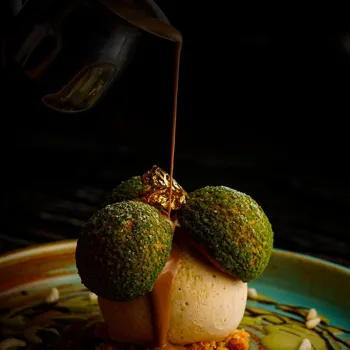
You might find naan bread used as pizza crusts or tandoori-spiced tofu tacos. This willingness to experiment creates exciting new dishes that appeal to a global audience. This spirit of experimentation allows Indian flavors to find new homes in various cuisines.
The global success story of Indian cuisine
It's clear that the journey of Indian cuisine from the kitchens of India to the hearts (and stomachs) of the world is a success story. It's about far more than just spices. It's about the power of food to connect cultures, preserve traditions, and create unforgettable dining experiences.
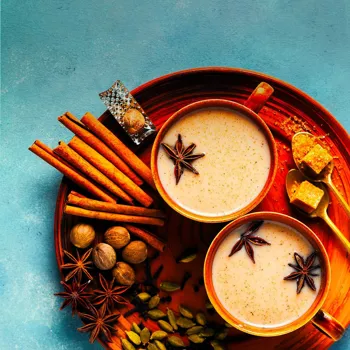
As Indian flavors become more and more common, one can imagine the rich heritage continuing to inspire and delight food lovers all around the world for generations to come.
So, the next time you enjoy a spicy samosa or a comforting bowl of dal, remember the long and delicious journey that brought these amazing flavors to your table.
AI Generated Content. Glance/InMobi shall have no liability for the content